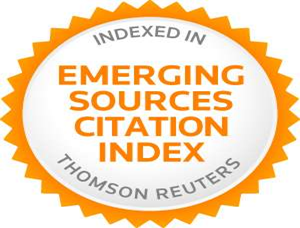The Stereotyping of Spanish Characters and their Speech Patterns in Anglo-American Films
Keywords:
cinema, cultural stereotypes, sociolinguistic analysisAbstract
Allport (1954: 191) defines stereotype as "an exaggerated belief associated with a category¿. Labov (1972:314) establishes stereotypes as a type of linguistic variable which can be heavily stigmatised and is therefore avoided. cinema, with its diversity of situations, scenarios, settings and characters, is an ideal means of dissemination of ethnic and linguistic stereotypes. As Lippi- Green (1997: 81) notes, films often exploit language variation and the viewers¿ ¿preconceived notions¿ to draw characters, and may discriminate against linguistic minorities whose speech becomes stigmatised. This paper reports on the analysis of a corpus of 40 films, released both in the United Kingdom and in the United States, in order to find out how Spain and Spanish characters are portrayed and to what extend stereotyping affects such a portrayal. This study covers three basic issues: plot, setting and characters, with a particular emphasis on the linguistic traits that, according to Anglo-American cinema, characterise Spaniards and their speech.Downloads
Global Statistics ℹ️
|
548
Views
|
380
Downloads
|
|
928
Total
|
|
Downloads
Published
How to Cite
Issue
Section
License
Copyright (c) 2021 Marta Inigo Ros

This work is licensed under a Creative Commons Attribution-NonCommercial 4.0 International License.
Attribution - Non-commercial (CC BY-NC). Under this license the user can copy, distribute and publicly display the work and can create derivative works as long as these new creations acknowledge the authorship of the original work and are not used commercially.
Authors retain the copyright and full publishing rights without restrictions.








